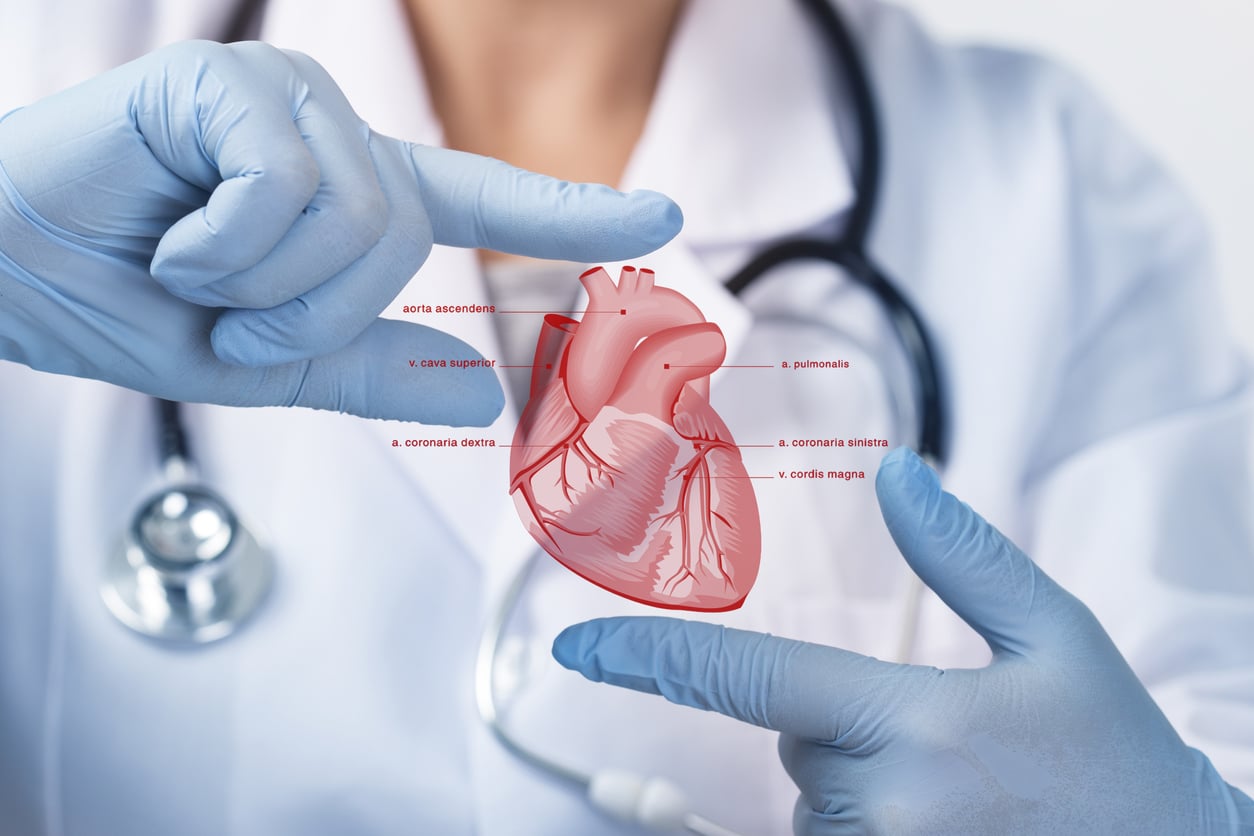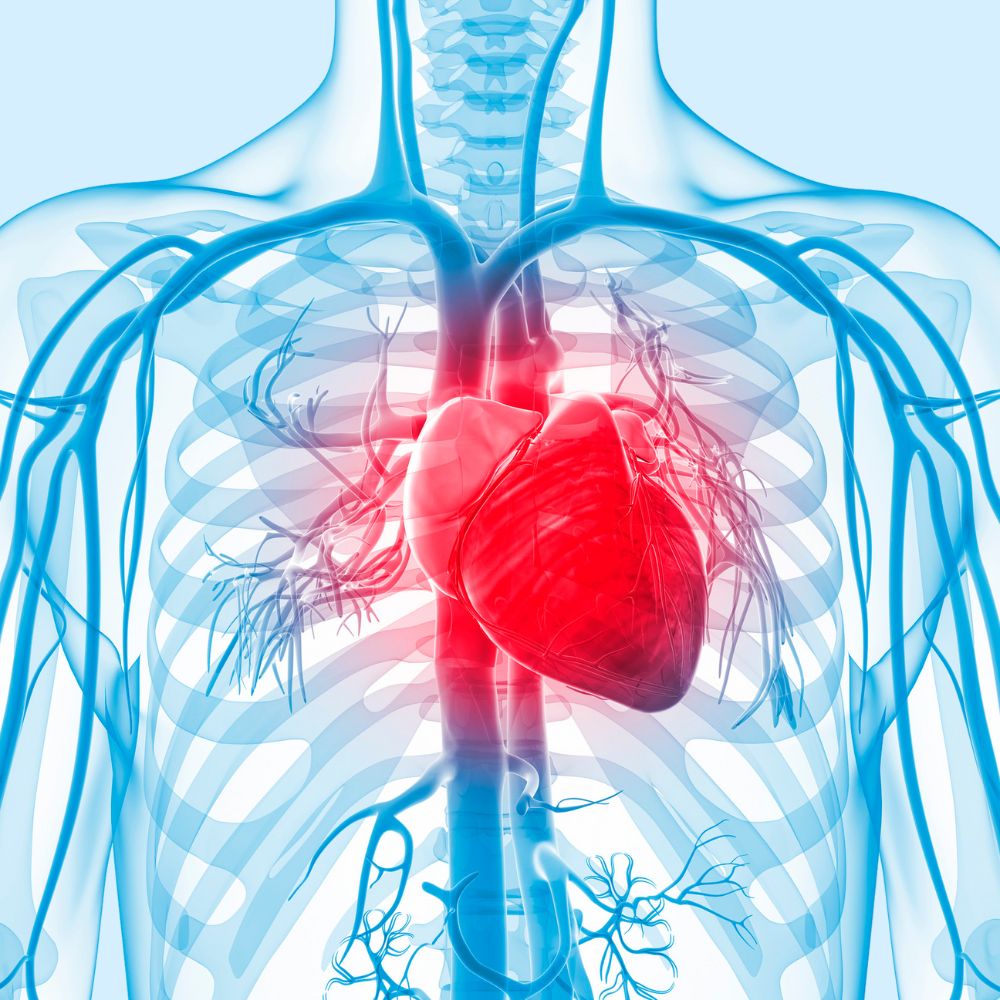Understanding hypertension with Cardiology: Symptoms, risks, and solutions
Understanding hypertension with Cardiology: Symptoms, risks, and solutions
Blog Article
Recognizing the Significance of Cardiology in Modern Medical Care Providers
Cardiology plays a critical role in modern health care, particularly as heart problem remains to be the leading source of mortality worldwide. Developments in diagnostics and treatment have actually transformed person care, allowing earlier interventions and boosted results. Additionally, the shift in the direction of preventive cardiology empowers people to handle their health and wellness proactively. As modern technology remains to evolve, the integration of ingenious solutions might further redefine cardiology's effect on public health, motivating a more detailed evaluation of emerging fads and their effects.
The Frequency of Cardiovascular Disease and Its Influence On Public Health And Wellness
Heart condition remains the leading reason of fatality around the world, its impact extends far beyond individual patients to affect public health and wellness systems and economic situations. The high occurrence of heart illness places a significant stress on healthcare resources, requiring boosted financing for rehab, avoidance, and treatment programs. Public health and wellness efforts must address danger factors such as weight problems, smoking, and inactive lifestyles, which contribute considerably to the climbing incidence of heart conditions.Moreover, the economic problem connected with heart condition is enormous, including not just direct medical costs yet likewise indirect expenditures connected to shed productivity and premature mortality. Communities encounter challenges in handling these prices, commonly bring about differences in medical care access and results. As the populace ages and lifestyle-related threats remain to rise, the urgency for efficient cardiology treatments becomes vital. Addressing heart illness is not just a matter of specific health but additionally a critical public health top priority.
Breakthroughs in Cardiac Diagnostics and Imaging Techniques
Recent improvements in heart diagnostics and imaging strategies have actually reinvented the field of cardiology, boosting the ability to discover and keep an eye on cardiovascular disease. Strategies such as heart MRI, CT angiography, and echocardiography have actually become significantly innovative, giving comprehensive pictures of heart frameworks and features. These modalities enable the early recognition of problems like coronary artery illness, heart failing, and valvular disorders.Moreover, developments in non-invasive diagnostics, such as wearable innovation and remote tracking devices, have actually equipped people and doctor. These tools assist in real-time monitoring of heart rhythms and other necessary signs, leading to timely treatments. Furthermore, fabricated intelligence is being incorporated into imaging evaluation, improving accuracy and efficiency in medical diagnosis.
Technologies in Treatment Choices for Heart Conditions
Current advancements in cardiology have actually resulted in significant innovations in therapy options for heart problems. These include sophisticated medical techniques that improve step-by-step outcomes and arising medications that offer new methods for treatment. As the area evolves, these advancements play an important duty in boosting person care and end results.
Advanced Surgical Techniques
Technologies in medical methods have actually transformed the landscape of cardiology, providing brand-new expect clients with heart disease. Minimally intrusive procedures, such as catheter-based treatments, have actually substantially lowered recovery times and medical facility stays. Methods like robotic-assisted surgery enhance accuracy, permitting surgeons to browse complicated anatomical structures with higher accuracy. Furthermore, developments in imaging innovation help with real-time visualization throughout treatments, improving outcomes. Transcatheter aortic shutoff replacement (TAVR) exhibits an advancement in dealing with aortic constriction, making it possible for valve substitute without open-heart surgery. Furthermore, hybrid strategies that integrate catheter-based and surgical approaches supply tailored solutions for various heart concerns. These advanced medical techniques not just improve person safety and security yet additionally broaden therapy choices, emphasizing the critical role of technology in modern cardiology practices.
Emerging Medicines and Therapies
As the landscape of cardiology remains to advance, arising treatments and medications play a critical function in improving treatment options for heart disease. Innovations such as novel anticoagulants and progressed lipid-lowering agents have actually transformed the management of cardiovascular conditions, greatly decreasing individual morbidity and death. Furthermore, the growth of gene treatments and regenerative medicine offers appealing methods for treating conditions previously deemed permanent. Professional tests are continually disclosing the effectiveness of these treatments, pressing the borders of conventional treatments. The integration of digital health and wellness technologies helps with customized medicine, allowing for customized therapy plans based on genetic and lifestyle factors. Collectively, these developments underscore the dynamic nature of cardiology, boosting patient end results and redefining standards of care in modern-day medical care.
The Role of Preventive Cardiology in Patient Treatment
Preventative cardiology plays an important function in patient care by concentrating on the identification of risk aspects that contribute to cardiovascular disease. With way of living modification approaches and very early discovery strategies, healthcare companies can effectively minimize the incidence of cardio events - Cardiologist near me. This proactive strategy not only boosts patient end results but also advertises long-lasting health and wellness
Threat Factor Identification
While heart diseases stay a leading reason for morbidity and mortality worldwide, efficient risk aspect identification functions as a keystone of preventive cardiology. Determining danger variables such as high blood pressure, hyperlipidemia, family members, and diabetes history is important for very early treatment. Healthcare experts utilize various evaluating methods to assess these variables, permitting customized preventive measures. In addition, recognizing a person's lifestyle options, such as cigarette smoking and physical lack of exercise, even more educates threat assessments. This detailed evaluation enables medical professionals to create customized treatment strategies focused on mitigating dangers. By prioritizing threat factor identification, healthcare systems can enhance client results and minimize the overall burden of heart diseases, inevitably adding to improved public health approaches and source allocation.
Way Of Living Modification Approaches
A wide range of studies highlights the essential function of lifestyle alteration techniques in reducing cardiovascular illness threat. These approaches incorporate dietary changes, increased exercise, cigarette smoking cessation, and weight management. By embracing a heart-healthy diet plan rich in fruits, vegetables, entire grains, and lean healthy proteins, individuals can lower cholesterol degrees and high blood pressure. Routine exercise enhances the heart and enhances general cardiovascular health. Additionally, stopping smoking substantially minimizes the threat of cardiovascular disease and improves healing prices for those with status quo. Weight management further contributes to cardiovascular health and wellness by mitigating other danger aspects such as diabetes and high blood pressure. Carrying out these lifestyle transforms not just promotes individual wellness yet also offers as a keystone of preventative cardiology in individual treatment.
Early Detection Techniques
Way of living alterations substantially contribute to minimizing cardio disease threats, yet they are most efficient when coupled with early discovery techniques. Preventative cardiology highlights the importance of identifying possible heart concerns before they rise right into severe problems. Techniques such as blood pressure monitoring, cholesterol testing, and progressed imaging technologies like echocardiograms play crucial functions in reviewing cardiovascular health. Biomarkers and hereditary screening likewise boost the precision of very early discovery, permitting for tailored preventative methods. Normal cardiac danger examinations equip health care providers to intervene proactively, potentially preventing cardiac arrest and strokes (Cardiology). By integrating these very early detection approaches into regular care, people can gain from timely way of life treatments and targeted therapies, eventually enhancing results and improving lifestyle
Integrating Technology Into Cardiology Practices
As innovations in innovation proceed to improve different fields, the integration of cutting-edge devices and systems right into cardiology techniques has actually ended up being necessary for boosting individual treatment and end results. Telemedicine platforms permit cardiologists to monitor clients remotely, improving accessibility to care while reducing the problem on medical care centers. Wearable tools, such as smartwatches, make it possible for constant heart price monitoring, informing both clients and physicians to potential issues in real-time. Additionally, artificial intelligence (AI) is being made use of to evaluate vast amounts of cardiac information, aiding in very early medical diagnosis and personalized treatment strategies. Advanced imaging techniques, consisting of 3D echocardiography, enhance visualization of heart frameworks, causing a lot more exact treatments. Electronic wellness documents (EHRs) improve person info monitoring, making certain that cardiologists have prompt accessibility to crucial data. Together, these technological developments are transforming cardiology, advertising positive monitoring and improved health results for individuals with cardiovascular problems.
The Significance of Individual Education and Involvement
Individual anchor education and involvement play a pivotal function in the monitoring of cardiovascular health. By gearing up patients with expertise about their conditions, therapy choices, and way of life modifications, doctor equip people to take an active duty in their treatment. This positive approach can lead to boosted adherence to recommended medications, dietary changes, and exercise regimens, ultimately lowering the danger of complications.Engagement additionally cultivates a strong patient-provider relationship, motivating open interaction and count on. When clients really feel notified and involved, they are a lot more likely to voice concerns and ask concerns, which can bring about far better scientific outcomes. In addition, academic sources, such as workshops or digital systems, can enhance understanding and promote self-management approaches. On the whole, focusing on patient education and interaction is necessary for enhancing cardiovascular wellness, enhancing lifestyle, and lowering healthcare prices connected with cardiovascular illness.
Future Fads in Cardiology and Their Prospective Influence

Frequently Asked Questions
What Way Of Living Changes Can Minimize Heart Condition Risk?
The current inquiry addresses way of living changes that can considerably decrease cardiovascular disease risk. Cardiologist near me. Adopting a well balanced diet, engaging in regular physical task, preserving a healthy weight, handling tension, and preventing cigarette can significantly boost cardio health and wellness
How Can I Recognize Early Indications of Heart Issues?
Acknowledging very early indications of heart issues involves monitoring symptoms such as chest pain, shortness of breath, exhaustion, and uneven heartbeat. Timely recognition of these indicators can motivate required clinical analysis and treatment for much better end results.
What Are the Distinctions Between Cardiologists and Heart Surgeons?
The differences between cardiologists and heart surgeons hinge on their functions; visit this page cardiologists mostly manage and detect heart problems with non-invasive approaches, while cardiac cosmetic surgeons carry out surgical treatments to fix architectural heart problems. Each plays an important, unique role.

How Commonly Should I Get My Heart Wellness Checked?
The frequency of heart checkup varies based on specific risk variables. Normally, adults ought to undergo examinations each to 2 years, while those with current conditions might require more regular assessments as suggested by health care professionals.
What Role Does Genes Play in Heart Illness Danger?
Genes substantially influences heart problem threat, with domestic patterns showing acquired problems. Specific genes can incline people to hypertension, cholesterol concerns, and various other cardio issues, highlighting the relevance of hereditary screening in assessing heart wellness. Heart condition remains the leading cause of death around the world, its impact expands much past private people to affect public health systems and economies. Public wellness initiatives have to attend to threat factors such as weight problems, cigarette smoking, and inactive lifestyles, which add significantly to the climbing incidence of heart conditions.Moreover, the economic problem associated with heart condition is tremendous, incorporating not only straight medical prices but additionally indirect costs connected to shed productivity and early death. Precautionary cardiology plays an important duty in patient care by focusing on the identification of threat variables that contribute to heart i was reading this disease. Man-made knowledge (AI) and machine learning are boosting diagnostics and client surveillance, allowing early discovery of heart diseases. The differences in between cardiologists and cardiac surgeons lie in their roles; cardiologists primarily take care of and identify heart conditions with non-invasive methods, while cardiac cosmetic surgeons carry out medical treatments to fix structural heart problems.
Report this page